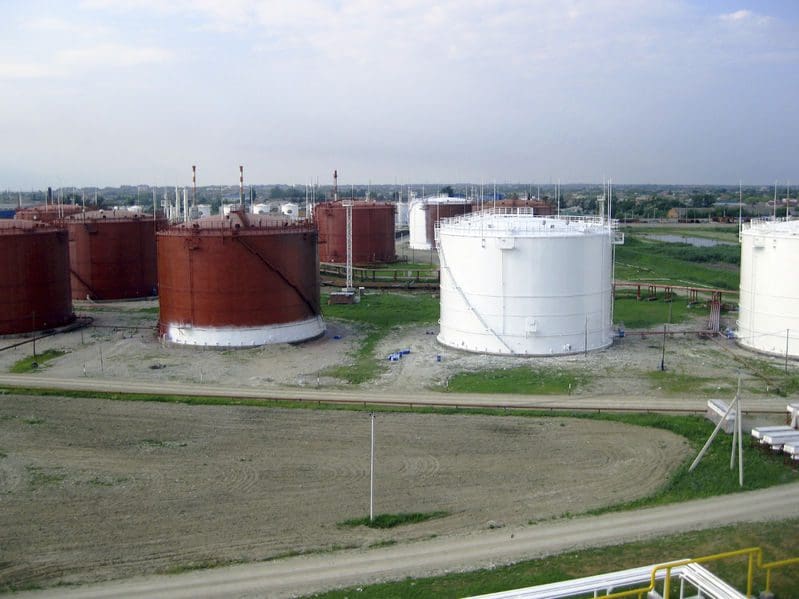Following Energy Information Administration’s release of official weekly data on stocks, demand and supply of U.S. crude oil and refined products; Adrian Lara, Senior Oil & Gas Analyst at GlobalData, a leading data and analytics company, offers his view:
“The U.S. oil market has already suppressed the excess of supply that was created at the end of March. The production cuts of April, May and June were quite severe, reaching around 2 million barrels per day (mmbd) and now with less crude available, the system is more sensitive to changes in imported volumes of crude and the pace of demand for refined products. Furthermore, storage at Cushing is no longer at risk of saturating its operating capacity, so WTI price appears more normally linked to changes in the stocks and increases in refining utilization capacity.
“Imports of crude first decreased from mid-March, but this trend has now reversed as imports have actually increased since mid-May to date. Furthermore, as refiners gradually increase their crude intake and with no increase in domestic production, stored crude oil could experience more relatively large withdrawals during the second half of the year.
“While U.S. demand for gasoline continues on an overall increasing trend, there are concerns about a potential slowdown in mobility due to measures controlling ongoing COVID-19 outbreaks across the U.S. However, it is still too soon to know whether these setbacks will reverse gasoline demand. As for distillate and kerosene-jet fuel, these products still remain depressed in their demand.
“Refineries are also gradually increasing their crude oil intake although at a lower rate than the average increase of supplied refined products, in particular gasoline. This can be beneficial for lowering the stocked volume of products and eventually the crude oil input required from refineries could increase from the current 78 percent utilization capacity to a more normal utilization of around 85 to 90 percent.
“Domestic crude oil production continues to show an overall slight decline on a weekly basis, but the largest cuts appear to indeed be over. In fact, the production forecast for the remaining months of 2020 remains relatively flat at around 11 mmbd.
“Since May, crude oil inventories have also kept their decreasing trend through lower injections and even a few large withdrawals. This has supported the clear upward trend of WTI price during the last two and a half months.”






